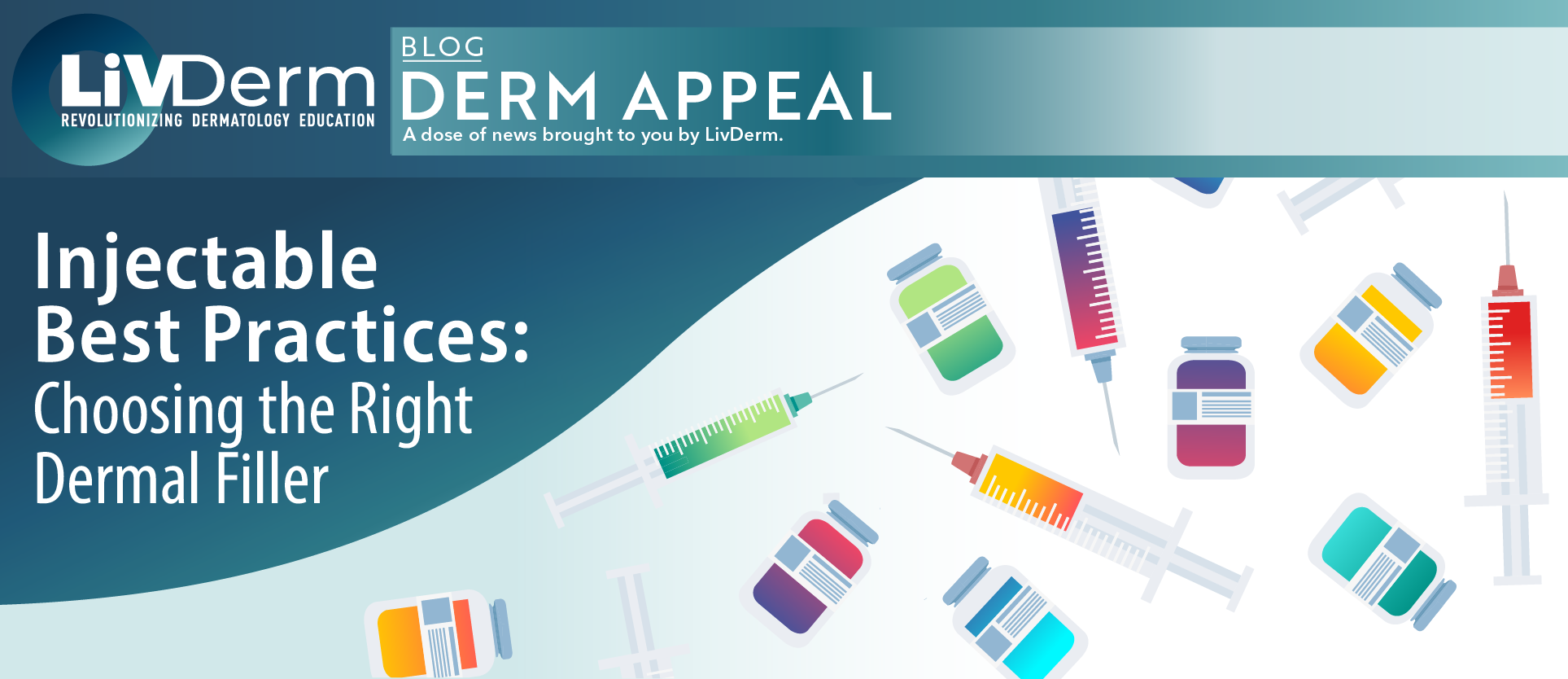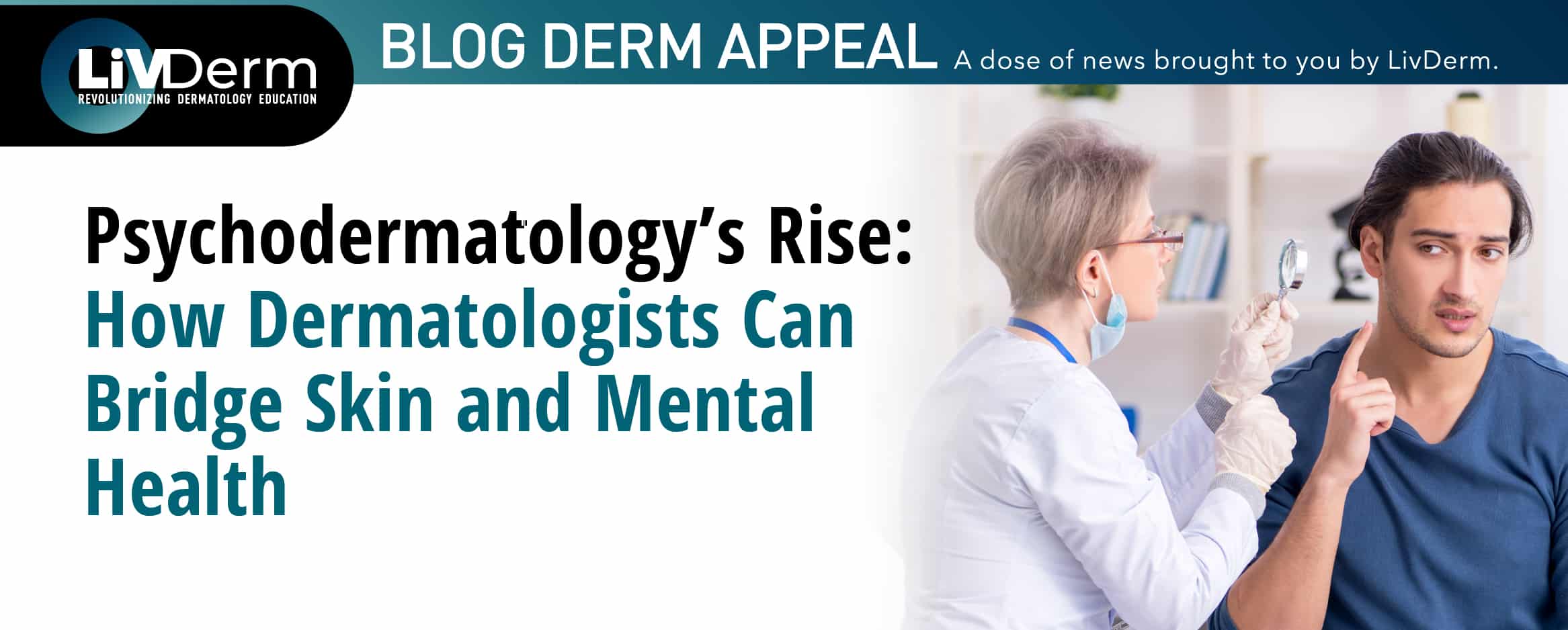As a minimally invasive procedure, injectable dermal fillers have garnered significant attention, becoming the second most popular cosmetic treatment performed in 2018. Out of a total of 3.7 million procedures performed that year, 2.1 million involved neuromodulators or wrinkle relaxing therapies and 1.6 million were soft-tissue filler injections. The use of injectable dermal fillers – such as Juvéderm and Restylane – has increased by 78% in the past seven years alone and is projected to continue growing.
With a climbing acceptance of minimally invasive procedures and other cosmetic treatments among the population comes rapidly increasing consumer demand. As such, it is essential or aesthetic medicine practitioners to stay clinically current on the latest developments in the market sector in order to ensure patients receive the best possible treatment tailored to their individual needs.
Currently, there are many dermal filler products available – including those derived from hyaluronic acid (HA), calcium hydroxylapatite, polyacrylamide, and poly-l-lactic acid. The most common type used in clinical practice are hyaluronic acid fillers as they are composed of a natural substance and can have potentially dramatic improvements on a variety of skin conditions with minimal associated adverse effects. However, many other dermal filler injectables are appropriate treatment options for patients and depend on several individual-based factors.
Choosing the right filler to fit patient-specific needs requires careful consideration of a host of variables, including preferred substance, health conditions, allergies, skin concern and severity, as well as the intended duration of desired effects. Some of the more common dermal filler products are listed below, alongside patient profile recommendations.
Hyaluronic Acid Fillers
Popular examples of HA fillers include Juvéderm, Restylane, Perlane, and Belotero Balance. These products are made out of naturally occurring hyaluronic acid that helps retain skin hydration and plumpness. HA fillers produce instant effects, while also boosting natural collagen production. The results typically last between 6 and 12 months, after which the body naturally absorbs the filler particles. Another advantage of this filler type is no risk of allergic reaction and therefore, limited associated adverse effects.
The intended patient demographic reports some of the following concerns: acne scars, cheek depressions, crow’s feet, deep smile lines, frown lines, marionette lines, low lip border definition, scarring, smoker’s lines, or worry lines. Patients with uncontrolled diabetes, blood-clotting problems, or those who are pregnant or breastfeeding should not be considered for HA fillers. In addition, caution should be maintained in the treatment of patients undergoing immunosuppressive therapy. For patients unsure about the procedure, HA fillers can be partially or completely removed with hyaluronidase.
Calcium Hydroxylapatite (CaHA)
Calcium hydroxylapatite is also a naturally occurring substance, found primarily in the bones, which is the main component of products such as Radiesse. The consistency of these fillers is usually thicker than that of hyaluronic acid-based products and thus, may result in longer lasting effects – up to 12 months in the majority of patients. CaHA injections can also help stimulate natural collagen production, resulting in fewer touch-ups needed to maintain results.
This product is typically recommended for deeper lines and wrinkles, moderate-to-severe creases such as nasolabial folds, marionette lines, and frown lines, as well as the treatment of areas of facial wasting. Radiesse should not be used in patients with severe allergies or bleeding disorders, or those with a history of autoimmune disease. It is also not recommended for first-time patients as results are not easily reversible. With a long safety record, CaHA carries a low risk of allergic reaction, delivers natural results and is rarely associated with adverse effects.
Polyacrylamide
As a biocompatible substance, polyacrylamide has limited interaction with human tissue, acting as a volume filler rather than a structural filler. The hydrogel is comprised of 97.5% water and 2.5% cross-linked polyacrylamide and does not cause tissue hardening or firm nodule-granuloma formation.
Known by the brand name Aquamid, polyacrylamide functions as a semi-permanent dermal filler often used to treat deeper wrinkles – such as nasolabial folds and depressed scars – plump thin lips, enhance cheekbones and the jawline, as well as replenish facial volume. This is a good treatment option for patients looking for long-lasting, but not instantaneous results. During the initial phase, effects can be reversed if necessary, making it a good option for patients who may not be sure about the procedure.
Poly-l-lactic Acid
Used for many years in dissolvable stitches, poly-l-lactic acid (PLLA) is classified as a collagen stimulator as it smooths lines by promoting collagen rebuilding. The filler itself dissipates within a few days of treatment into water and carbon dioxide, while results tend to become noticeable over the course of a few months.
Sold under the brand name Sculptra, the filler product is FDA-approved for improving the appearance of nasolabial folds, contour changes, and other types of facial wrinkles. Results can last over 2 years, although the natural effects of PLLA appear gradually over time. Sculptra and other PLLA products should not be recommended for patients looking for instantaneous or low-maintenance effects. Additionally, patients will likely need more than one treatment to achieve desired effects and may require occasional touch-ups in the future. PLLA-based products are not recommended for patients who take blood thinners, those with lupus or other connective tissue disorders, or those who are pregnant or breastfeeding.
Today, there is a large variety of dermal filler products available on the market and even more in the pipeline; choosing the appropriate injectable for a patient is a nuanced process which takes into consideration substance makeup, desired longevity, skin concern location and severity, as well as a patient’s medical history. Discussing all potential treatment options with a dermal filler candidate is essential to ensuring all considerations are taken into account when recommending filler products and desired results are achieved with minimal discomfort or other adverse effects.
To help serve the increasing need for minimally invasive procedures while filling gaps in practical training, our upcoming SBS Part II Aesthetic Dermatology Summit will not only deliver comprehensive education on the latest developments within aesthetic industry, but also provide clinicians with the opportunity to receive practical, hands-on injection guidance and clinical insights from renowned dermatology leaders. Join our specialty workshops, the Lip Enhancement Anatomy and Injection Workshop on September 23rd and the Chin Augmentation Anatomy and Injection Workshop on September 24th for an unparalleled learning experience.
















